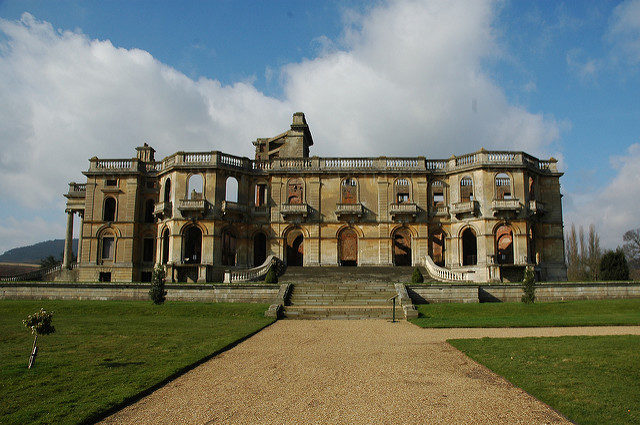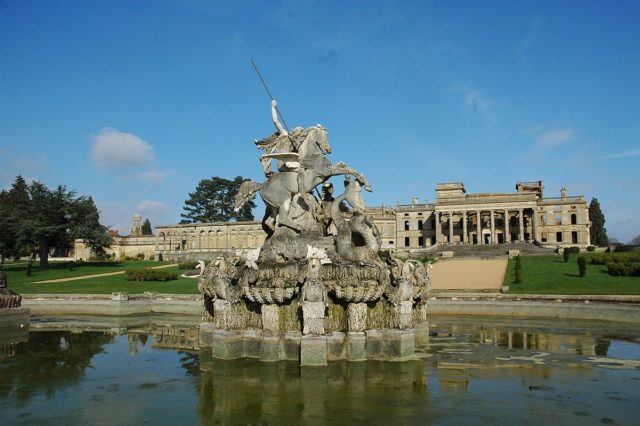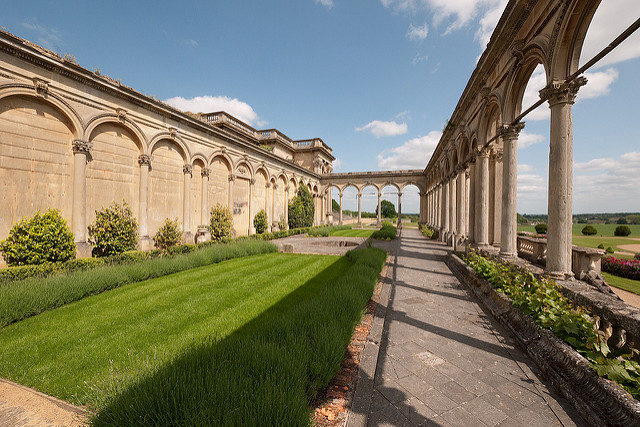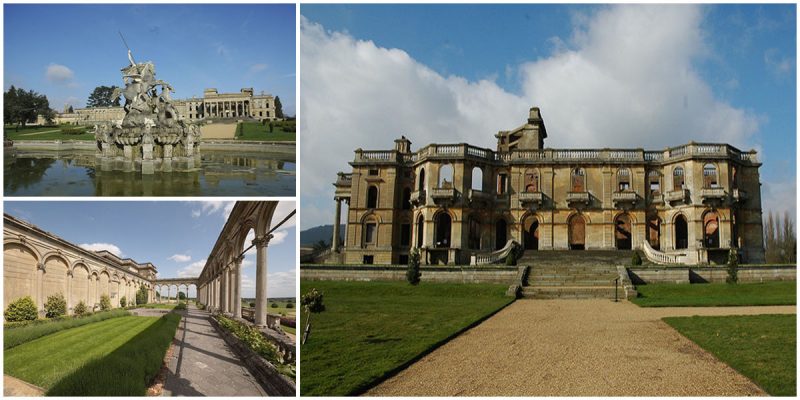Built for the Foleys on the site of a former manor house, Witley Court is an Italianate mansion once considered one of England’s great country houses. For centuries the estate served as a residence for members of the British elite and a place where royalty was entertained. The village of Great Witley, from which the estate derived its name, was displaced in the 18th century to make room for extensive landscaping of the grounds.
Witley Court is the result of several phases of construction spread over more than 300 years. In the early 1600s, the Russell family expanded the site to include a large Jacobean brick house. Half a century later, it was bought and extended by successive generations of the Foley family who owned Witley Court for over 180 years. It’s believed that Thomas Foley funded the Jacobean mansion with the profits he made from his father’s business, which began with manufacturing nails.

In 1833, the Foleys sold the Witley estate to one of the richest men in England, William Ward, the 11th baron of Birmingham and later the earl of Dudley, who remodeled the Georgian house into a grander, more elaborate building. It was enormously expanded in the early 19th century by British architect John Nash, a pioneer in the use of the picturesque in architecture, who, together with Edward Blore, was responsible for enlarging Buckingham Palace. He added colonnades between the towers and also on the South Front.
The final transformation of the mansion was undertaken by Samuel Daukes for the Wards in the mid-19th century; he designed lavish interiors in a revival French Renaissance style.

In the 1850s, William Andrews Nesfield was brought in to create a remarkable park surrounding the house that included one of Europe’s grandest fountains, the impressive Perseus and Andromeda fountain, believed to be one of the largest in Europe. Unfortunately, in September 1937, a devastating fire turned the mansion into a ruin overnight. The blaze destroyed most of the rooms in the central and eastern sections.


Attached to Witley Court is the Great Witley Church (also known as the parish church of St. Michael and All Angels), which was added in 1735 and is widely regarded as one of Britain’s finest baroque churches. In 1747, the architect James Gibb was commissioned, and the church was given a remarkable baroque interior, lavishly decorated in red, yellow, and cream, and adorned with carvings, sculptures, and paintings acquired at the auction of the contents of Cannons House, the Middlesex home of the duke of Chandos. It was not damaged by the fire and still holds regular services.
Read another story from us: Everyday items that were invented during the Victorian Era
After 40 years of decay, in 1972 the house and grounds were taken into the care of Historic England via a compulsory guardianship order. The ruins today are spectacular, and restoration work to the west wing has made several new rooms accessible to the public.
